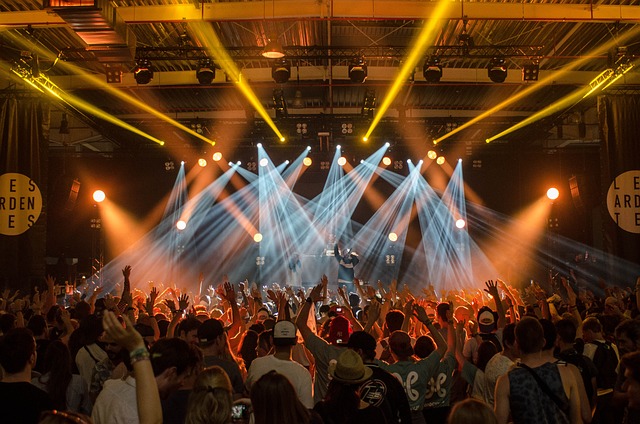When we dive into the heart of rock music culture, one cannot overlook the profound impact of stage appearance. It is not just about the music; it’s a visceral experience that combines sound, visuals, and emotions that resonate with thousands, if not millions. The moment a band steps onto the stage, they are not merely performers; they are storytellers ready to unleash a narrative that captivates the audience.
Each genre within the vast spectrum of music carries its unique flavor, and rock is no exception. From the flamboyant costumes of glam rock bands to the rugged denim and leather aesthetics of classic rock, the visual elements play a significant role in defining the genre. Think about the iconic imagery of artists like David Bowie, with his vibrant and often outrageous costumes, or the dark, brooding essence of grunge bands like Nirvana. These stage appearances create a backdrop for the music, enhancing the overall experience.
As the lights dim and the crowd starts to roar, the energy is palpable. It’s not just a party; it’s a shared moment between the artist and their fans, where stage presence amplifies the celebratory atmosphere. The design of the stage, the lighting, and even the choice of instruments all contribute to this communal vibe. Imagine a rock concert where the band chooses a minimalistic setup. While the music might still be exceptional, the absence of a visually striking stage can leave something to be desired. It’s the fusion of sound and sight that truly creates a memorable experience.
Moreover, stage appearance also influences how bands are perceived in the greater music culture. The looks can symbolize rebellion, freedom, and self-expression—key tenets of rock music itself. For example, punk rock brought with it not only a distinctive sound but also a radical fashion sense characterized by leather jackets, vibrant hair colors, and DIY aesthetics. This not only shaped the identity of a genre but also encouraged fans to express their individuality through similar styles.
At a rock concert, the connection between the performer and the audience is electrifying. The energy of the crowd, often clad in band tees and sporting a range of hairstyles, is a collective expression of appreciation and fervor. Here, the stage appearance becomes a visual dialogue where fans are transported into the universe of the band’s music, contributing to the ongoing narrative that continues between shows and albums. The mosh pits, the sing-alongs, and the heart-pounding beats blend seamlessly with the stunning visuals, all rooted in the intention of the band to create an immersive experience.
In essence, as we explore the layers of rock music culture, it’s clear that stage appearance is not an afterthought; it is an integral part of the performance. From the grandiosity of stadium shows to the intimacy of small venues, how artists choose to present themselves shapes the listener’s engagement, reinforcing the idea that rock is not just a genre of music, but a powerful movement.


